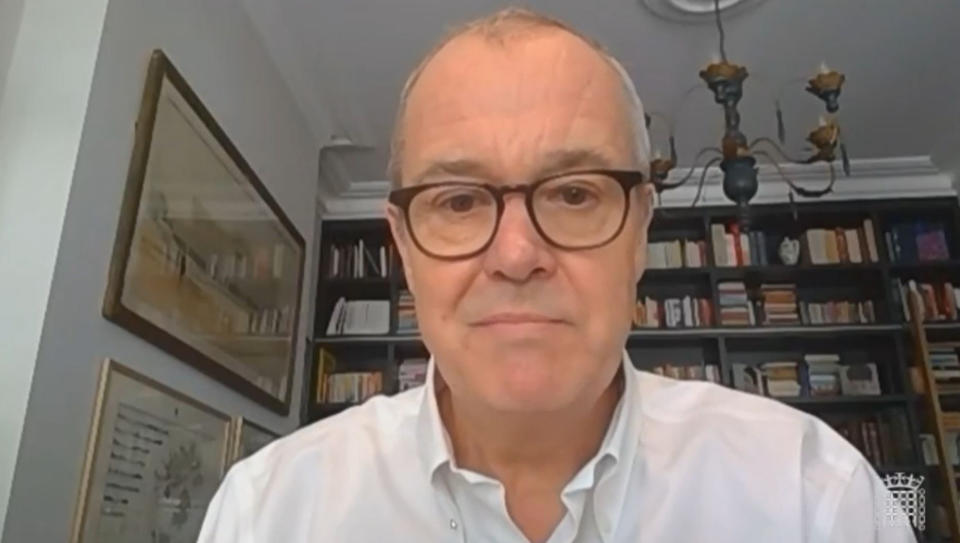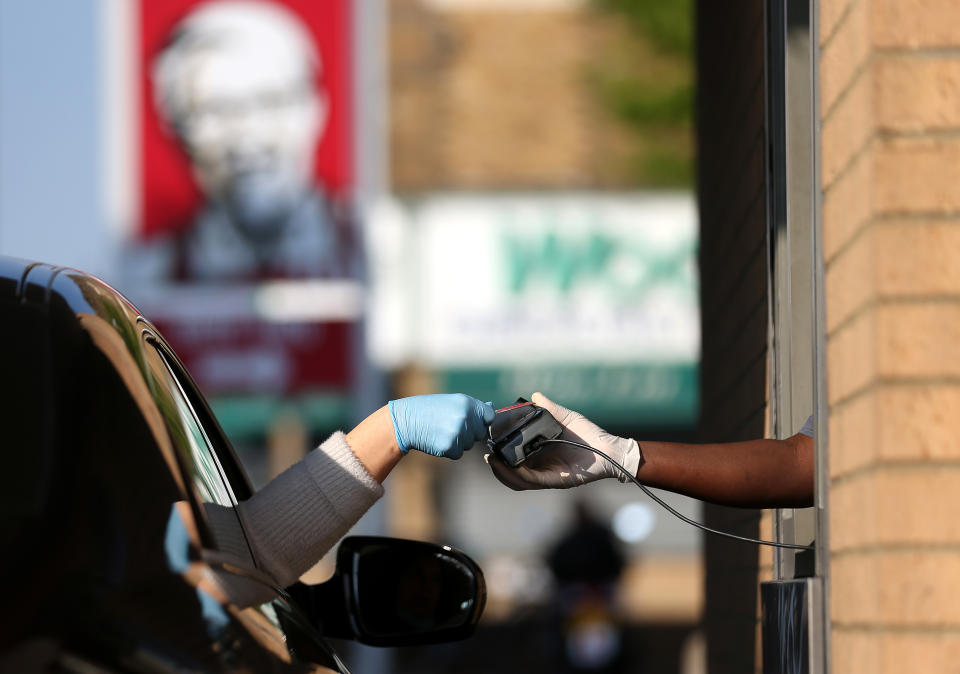Coronavirus: Risk of second peak 'is very real', government's chief adviser warns
The government’s chief scientific adviser has warned that the threat of a second peak in coronavirus deaths is “very real” as ministers consider whether to ease lockdown restrictions.
Sir Patrick Vallance told the Commons’ health and social care select committee on Tuesday morning that although several countries are reducing lockdown measures, the world is still "quite early" in the pandemic.
He argued that countries should focus on keeping their “R rate”, the virus’s reproduction rate, below one – which means one person infected with coronavirus will only pass it to one person.
“I can tell you that a second peak is something that is very real, that you need to watch out for, and you can see it in other countries,” he told the committee.

"Although most countries are getting on top of the first peak in some ways it doesn't mean the whole thing's gone away."
"But what, in any event, I think is important is not to get into a position where you get the R above one to get a second peak.
Latest coronavirus news, updates and advice
Live: Follow all the latest updates from the UK and around the world
Fact-checker: The number of COVID-19 cases in your local area
6 charts and maps that explain how coronavirus is spreading
"Where you choose to set that level, I think, is a political choice as to where on the spectrum you choose to put your line."
Sir Patrick said that the UK’s current R value is still between point six and point nine thanks to the government’s strict lockdown measures.

He said there is a "little bit of regional variation" in the number.
Sir Patrick added: "We will, I hope, get a better estimate once we can measure it more directly by measuring rates of infection in the community with large population-based surveys.
"It needs to be below one, because as long as it's below one that means that the epidemic is reducing."
Sir Patrick warned there will be a risk with any move to ease the lockdown and said the government should have adequate surveillance in place before measures are lifted.
He said: "Any measure of lifting social distancing inevitably must come with a risk because the reason they were put in place was to reduce the risk.
"Everything as we go back to less social distancing will carry a risk of there being an outbreak somewhere or a few more cases, or in worst-case scenario R goes above one.”
Sir Patrick concluded that it was possible for the UK to avoid a second peak if the government strategy proves effective.
"If we do test, trace and track well and keep social distancing measures at the right level, we should be able to avoid a second peak,” he added.
“But winter will be very difficult particularly with other infections like flu circulating."
It comes as the government is trialling a contact-tracing app ahead of the proposed adoption of "test, track and trace" strategy for controlling the spread of the disease while easing social distancing rules.
As part of the tracing and tracking app, users will be able to share data with the NHS in a central system to confirm symptoms and book a COVID-19 test.
Coronavirus: what happened today?
Click here to sign up to the latest news, advice and information with our daily Catch-up newsletter

 Yahoo News
Yahoo News 
